The Trusting Bond: Why Horses Allow Us to Ride Them
What makes a 1,200-pound prey animal, built for speed and programmed by millions of years of evolution to flee from danger, stands calmly as a human approaches. Not only does this magnificent creature allow the human to climb onto its back—arguably the most vulnerable position for any prey animal—but it willingly carries them across fields, over jumps, and through countless adventures. How is this extraordinary partnership even possible?
The relationship between humans and horses is one of the most remarkable interspecies bonds in history, spanning over 6,000 years of shared evolution. From the windswept steppes where nomadic peoples first swung onto horseback to the modern riding arenas of today, this partnership has shaped civilizations, won wars, and opened frontiers. Yet at its heart lies a profound mystery: why would an animal designed by nature to run from predators choose to trust us so completely?
The answer isn’t found in dominance or submission, as many once believed, but in something far more nuanced and beautiful. Horse ridership stems from a complex interplay of natural behavior, carefully built trust, and genuine mutual benefit—a partnership where both species have found something valuable in each other. Understanding this bond not only deepens our appreciation for these incredible animals but also reveals important truths about communication, respect, and the delicate art of earning another being’s trust.
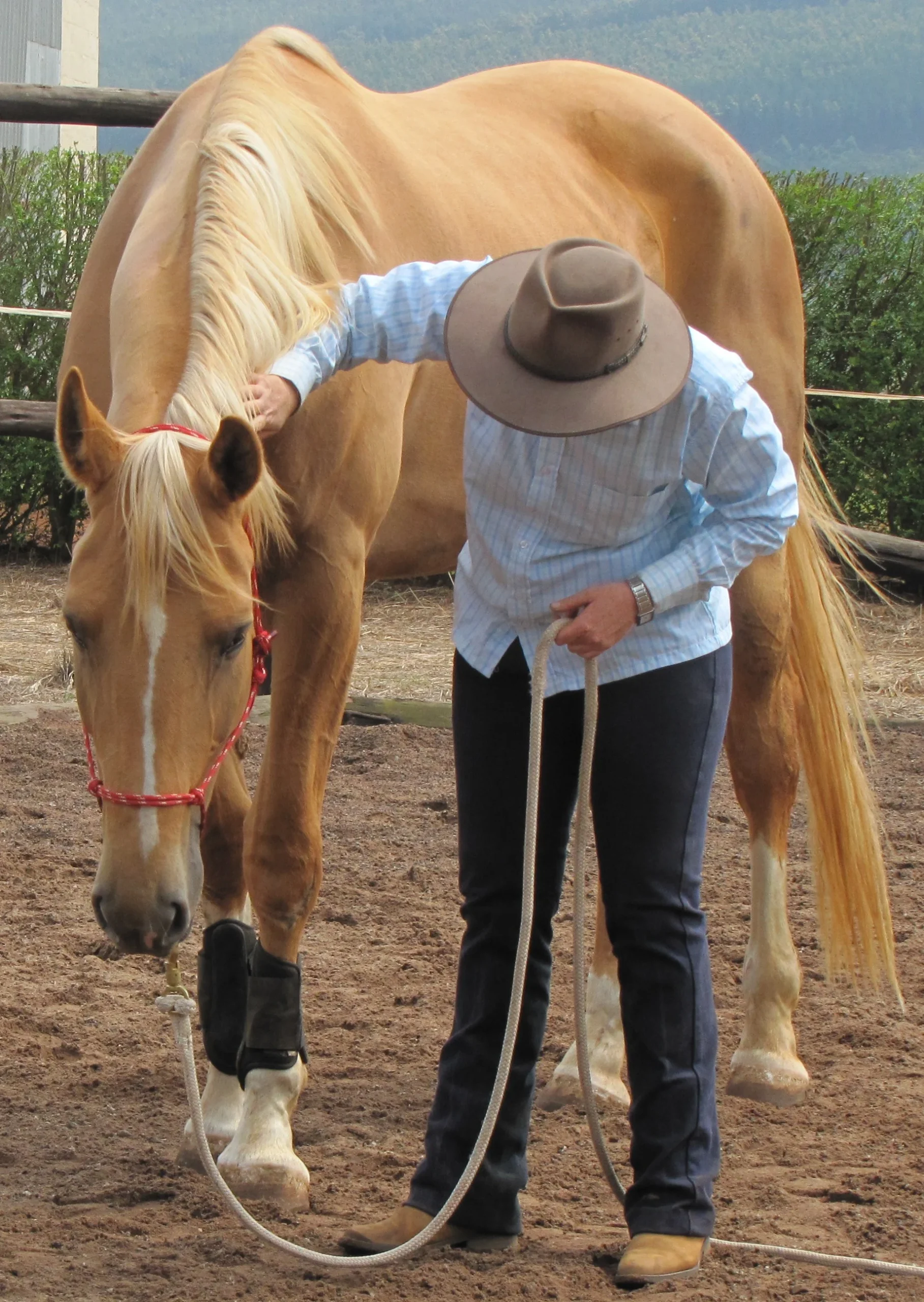
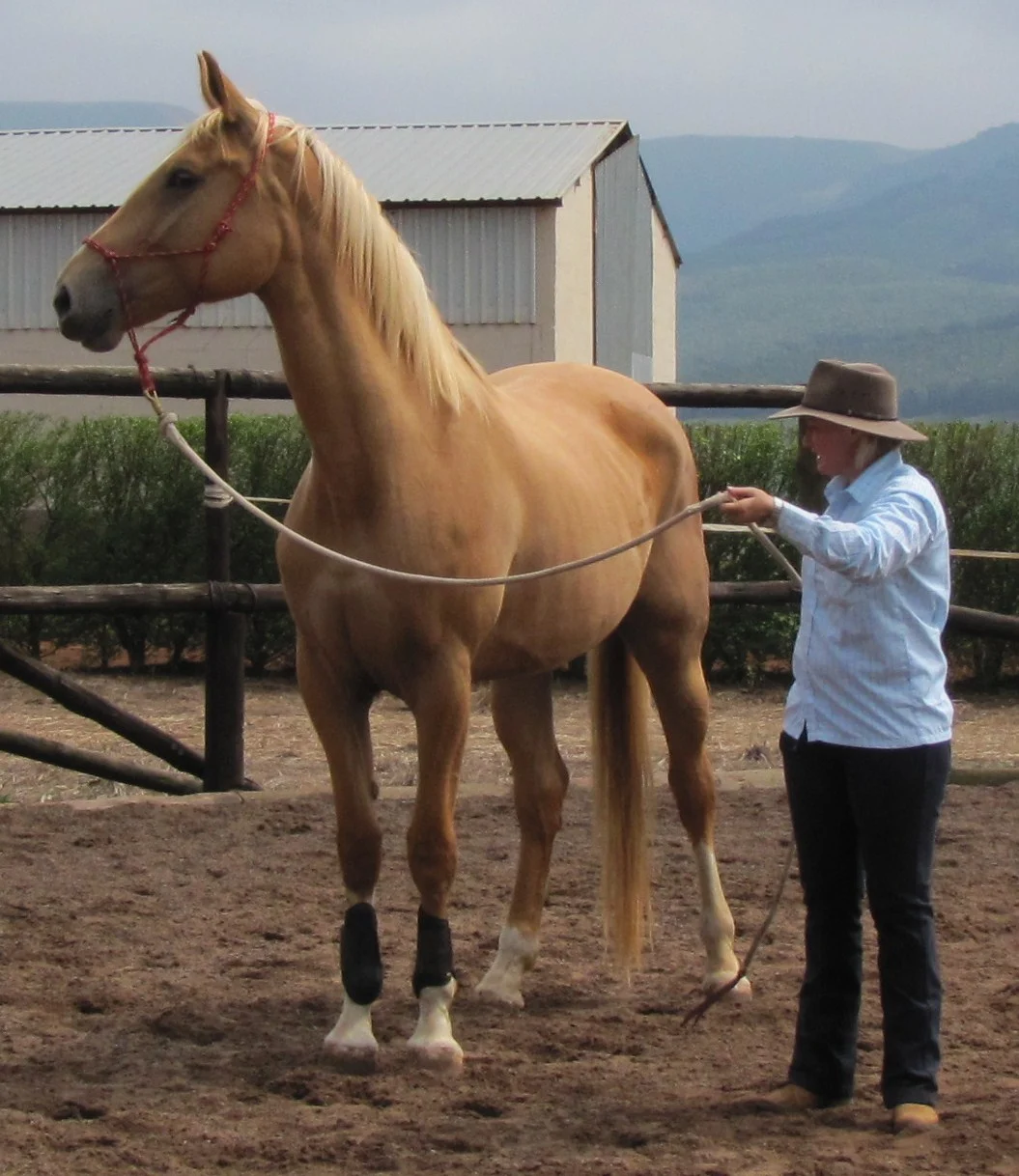
Understanding Horse Psychology and Natural Behavior
To truly grasp why horses allow us to ride them, we must first step into their world and understand how these magnificent creatures see life through the lens of a prey animal. In the wild, a horse’s survival depends on split-second decisions, constant vigilance, and an intricate social system that has evolved over millions of years.
Wild horses live in complex family groups called bands, typically led by a dominant stallion and an experienced lead mare. Within these groups, there’s a clear hierarchy established not through brute force, but through subtle communications, body language, and what equine behaviorists call “pressure and release.” A senior mare might pin her ears and snake her neck toward a younger horse approaching the water source first—a clear message that translates to “wait your turn.” The younger horse, reading these signals perfectly, steps back and waits. No violence occurs; the social order is maintained through understood communication.
This natural inclination to respond to pressure and yield to confident, calm leadership is crucial to understanding the human-horse relationship. Horses are constantly reading the world around them, assessing whether each creature, sound, or movement represents safety or danger. Their brains are wired to make these calculations lightning-fast: Friend or predator? Leader or threat? Safe space or danger zone?
The remarkable thing about horses is that while they’re built for flight, they’re also incredibly social creatures who actively seek security within their herd structure. A horse that has accepted a human as part of their “herd”—or even as a trusted leader—will naturally extend the same behaviors they use with other horses. They’ll respond to pressure, respect boundaries, and look for guidance, all while maintaining their ability to assess whether this relationship continues to serve their need for safety.
Understanding this psychology reveals why traditional “breaking” methods—based on forcing submission through fear—often fail to create truly willing partners. Instead, the most successful human-horse relationships mirror the natural communication patterns horses already understand: clear, consistent signals; respect for their intelligence; and the establishment of trust through predictable, safe interactions.

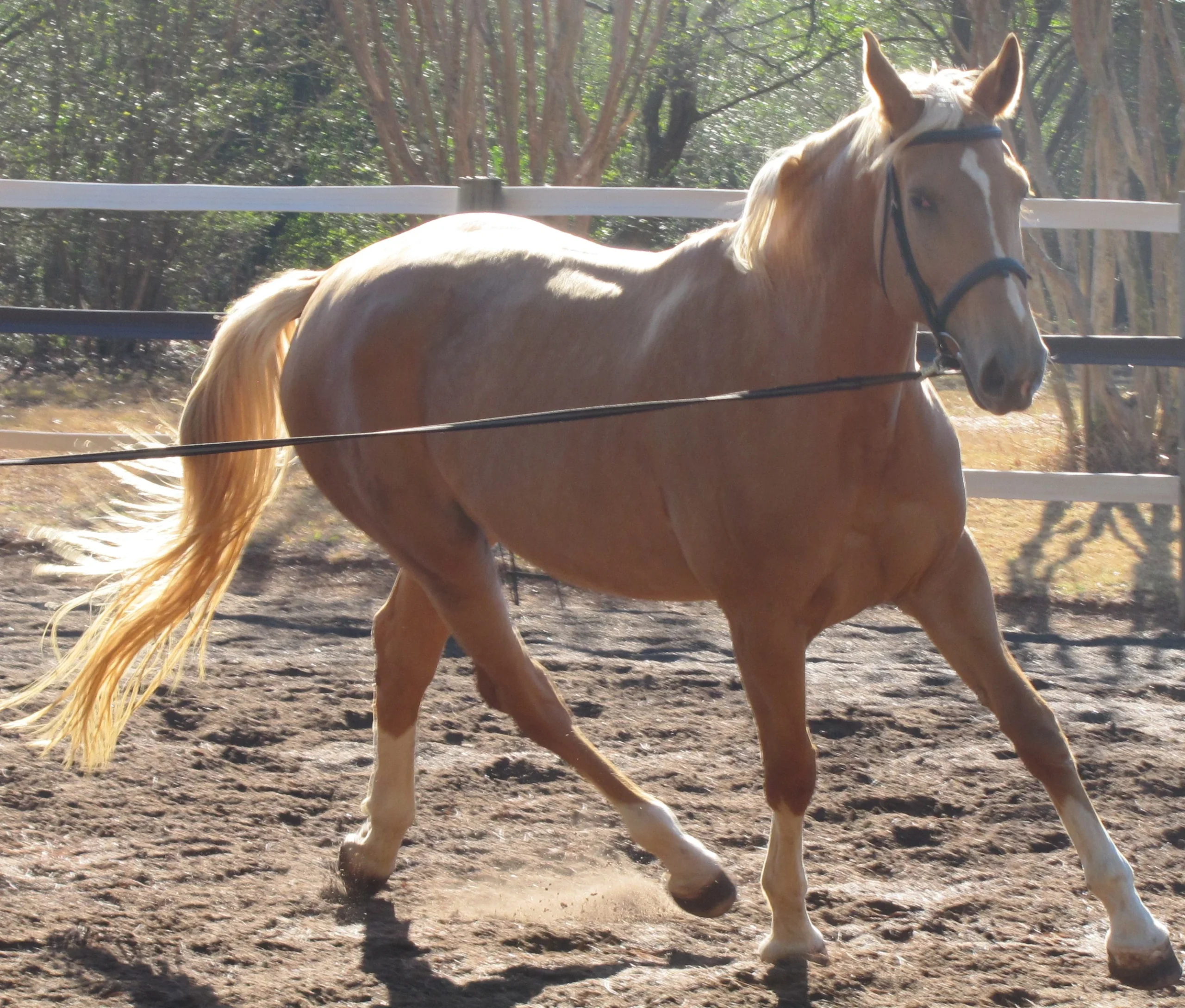
The Foundation of Trust
Trust, for a horse, isn’t an abstract concept—it’s a survival strategy. Every interaction a horse has with a human is being continuously evaluated through their finely tuned threat-assessment system. The question running through a horse’s mind isn’t “Do I like this person?” but rather “Am I safe with this person?” Understanding this fundamental difference is the key to building the kind of deep, lasting bond that makes riding possible.
Horses are masters of reading body language, picking up on subtle cues that humans often don’t even realize they’re sending. Your heart rate, the tension in your shoulders, the way you move your hands, even your breathing patterns—all of these communicate volumes to a horse about your emotional state and intentions. A nervous, frustrated, or angry human sends clear danger signals to a horse’s sensitive radar system. Conversely, a calm, confident, and patient human creates an atmosphere of safety that allows a horse to relax and engage.
This is why experienced horsemen often seem to have an almost magical ability to connect with difficult or fearful horses. It’s not magic—it’s consistency. These individuals have learned to regulate their own emotions, move with purpose rather than uncertainty, and maintain the kind of steady energy that horses find reassuring. They understand that trust must be earned in layers, starting with the smallest interactions.
Consider how trust develops: it might begin with a horse simply allowing a human to stand nearby without tensing. Then progressing to accepting a gentle touch on the shoulder. Next, perhaps allowing their face to be stroked. Each positive interaction builds a foundation, creating what horse behaviorists call a “positive association”—the horse begins to connect the human’s presence with good experiences rather than stress or discomfort.
The timeline for building this trust varies dramatically from horse to horse. A young foal raised with gentle human contact might develop trust relatively quickly, while a horse that has experienced trauma or neglect might take months or even years to fully believe in a human’s good intentions. Some horses are naturally more confident and trusting, while others are inherently more cautious—personality differences that any horse person learns to respect and work with rather than against.
Perhaps most importantly, horses remember everything. A breach of trust—through rough handling, inconsistent behavior, or putting them in genuinely frightening situations—can set back months of careful relationship building. But the flip side is equally true: patient, consistent positive interactions create a bank of good experiences that horses draw upon, making them more willing to trust in new or challenging situations.
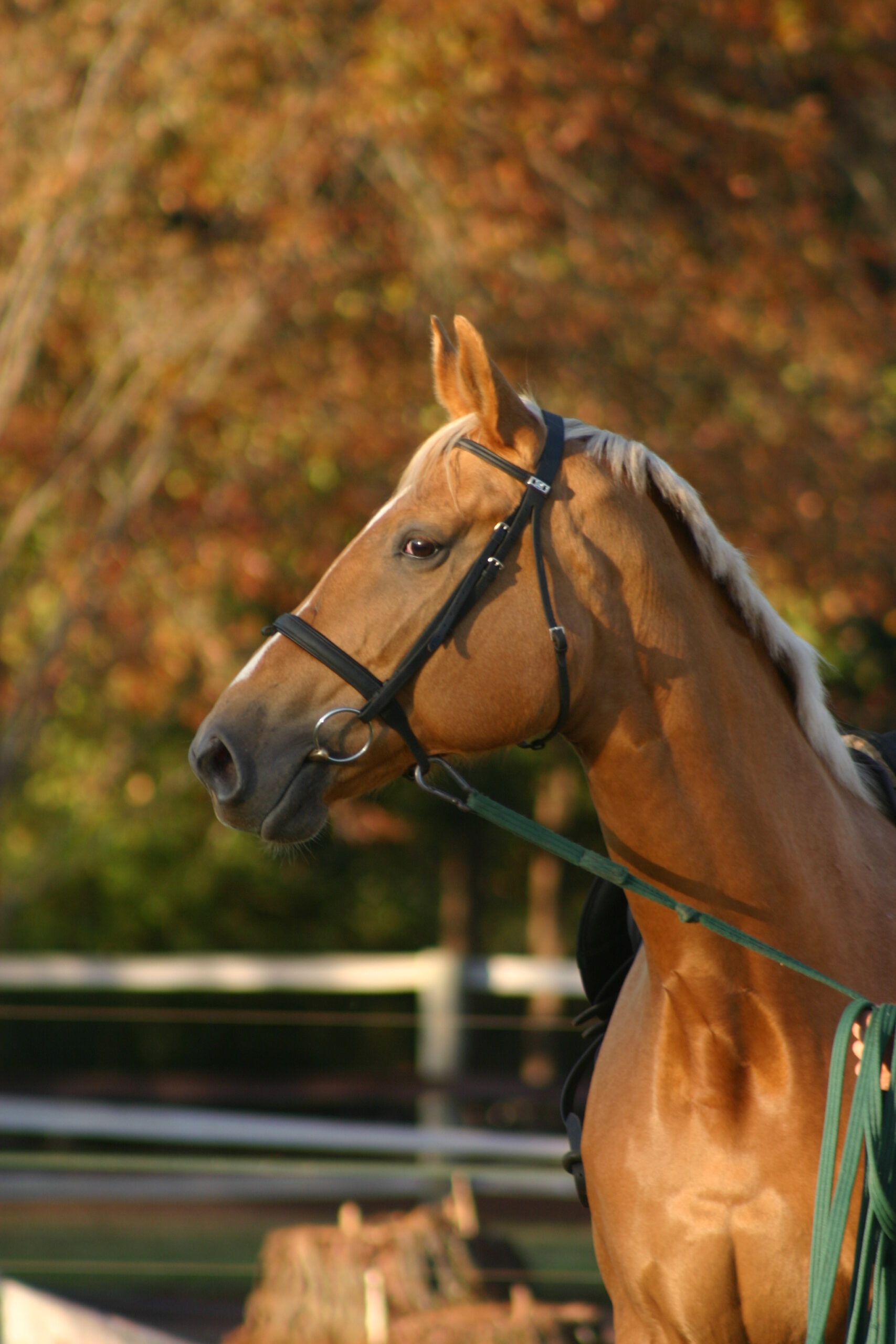
The Training Process: From Fear to Partnership
The journey from a horse’s initial wariness of humans to willingly accepting a rider is a carefully orchestrated process that respects both the horse’s natural instincts and their remarkable capacity for learning. Modern horse training has evolved far beyond the harsh “breaking” methods of the past, embracing approaches that work with, rather than against, equine psychology.
The process typically begins long before anyone considers climbing into a saddle. Early handling focuses on what trainers call “desensitization”—gradually introducing the horse to new experiences in a controlled, non-threatening way. A young horse might first learn to accept being touched all over their body, then progress to having a soft cloth draped across their back, followed by increasingly substantial items like saddle pads and eventually a saddle itself. Each step is introduced only when the horse is comfortable with the previous one, ensuring they never feel overwhelmed or trapped.
This progressive approach mirrors how horses naturally learn in the wild. A foal doesn’t suddenly know how to navigate rocky terrain or avoid predators—they learn through gradual exposure, guided by the safety of their mother’s presence and the herd’s collective wisdom. Similarly, effective horse training provides that same sense of security while expanding the horse’s comfort zone one small step at a time.
The magic happens through what behaviorists call positive reinforcement and pressure-release training. When a horse responds correctly to a request—perhaps moving away from gentle pressure on their side—the pressure is immediately removed. This creates a reward system that makes sense to the horse: correct response equals comfort and relief. Over time, horses learn to seek these moments of release by offering the desired behavior more readily.
Crucially, modern training methods recognize that each horse is an individual with their own personality, learning style, and emotional needs. Some horses are naturally bold and curious, readily accepting new challenges. Others are more cautious and require extra time to process and accept new experiences. A skilled trainer reads these differences and adjusts their approach accordingly, never forcing a timeline that doesn’t suit the individual horse.
The transition to actually carrying a rider represents the culmination of months of careful preparation. By the time a human first sits on a horse’s back, that horse has already learned to trust human judgment, respond to pressure cues, and associate human contact with positive outcomes. The physical act of riding becomes simply another step in an ongoing conversation—one where the horse chooses to participate because the relationship has proven safe, predictable, and rewarding.
This foundation explains why some horses seem almost eager to be ridden once they’re properly trained, and why the best horse-and-rider partnerships feel less like control and more like collaboration. The horse isn’t submitting out of fear or defeat, but rather participating in a relationship that has consistently proven beneficial and safe.
Read about how we back our young horses HERE
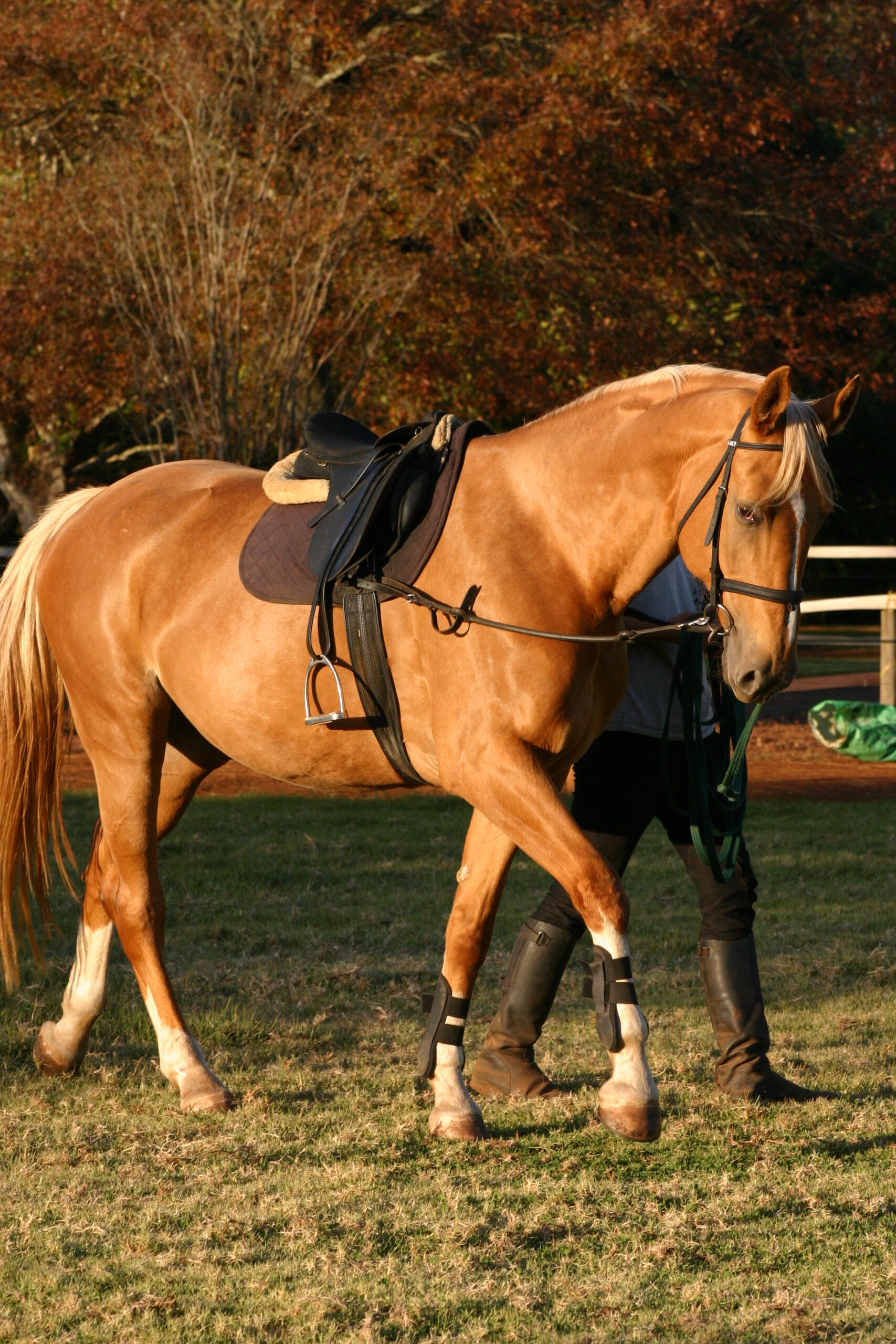
Mutual Benefits of the Relationship
The human-horse partnership endures not because humans have imposed their will upon horses, but because both species have found genuine value in the arrangement. Understanding what horses actually gain from domestication helps explain why they so readily accept—and often seek out—human companionship and guidance.
In the wild, horses face constant challenges that domestication largely eliminates. The daily search for adequate food and water, the vigilance required to detect predators, the physical toll of harsh weather, and the stress of territorial disputes all take their toll on wild horse populations. Domesticated horses, by contrast, enjoy reliable nutrition, veterinary care, shelter from extreme weather, and protection from predators. For many horses, the trade-off of carrying humans in exchange for this security represents an excellent bargain.
But the benefits run deeper than mere survival needs. Horses are inherently social creatures who suffer when isolated, and many domesticated horses form genuine social bonds with their human caretakers. These relationships can be remarkably sophisticated, with horses showing clear preferences for certain people, demonstrating excitement when favored humans approach, and even displaying what appears to be concern when their human companions are distressed.
The mental stimulation that comes with training and riding also serves important psychological needs. Wild horses spend their days navigating varied terrain, solving problems, and engaging with their environment in complex ways. Domesticated horses deprived of mental challenges often develop behavioral problems like cribbing, weaving, or aggression. Well-designed training and riding programs provide the mental engagement that horses crave, offering puzzle-solving opportunities and varied experiences that keep their intelligent minds occupied.
Many horses also seem to genuinely enjoy the work itself. Watch an experienced trail horse navigating familiar paths, and you’ll often see signs of contentment and engagement—pricked ears, steady gaits, and an alert but relaxed demeanor. Competitive horses frequently display what can only be described as enthusiasm for their disciplines, whether it’s the focused intensity of a dressage horse executing complex movements or the obvious joy of a jumper clearing obstacles.
This mutual benefit system has also driven evolutionary changes in domesticated horses. Over thousands of years of selective breeding, horses have developed traits that make them better partners for humans: calmer temperaments, greater size and strength for carrying loads, enhanced responsiveness to human cues, and even coat colors and patterns that humans find appealing. In return, humans have ensured the survival and proliferation of horse populations worldwide—a remarkable success story from an evolutionary perspective.
The relationship works because both species are getting something they need. Humans gain transportation, companionship, and partnership in work and sport. Horses receive security, care, social connection, and mental stimulation. When this balance is maintained with respect and understanding from the human side, the result is a partnership where horses participate willingly rather than merely comply under duress.
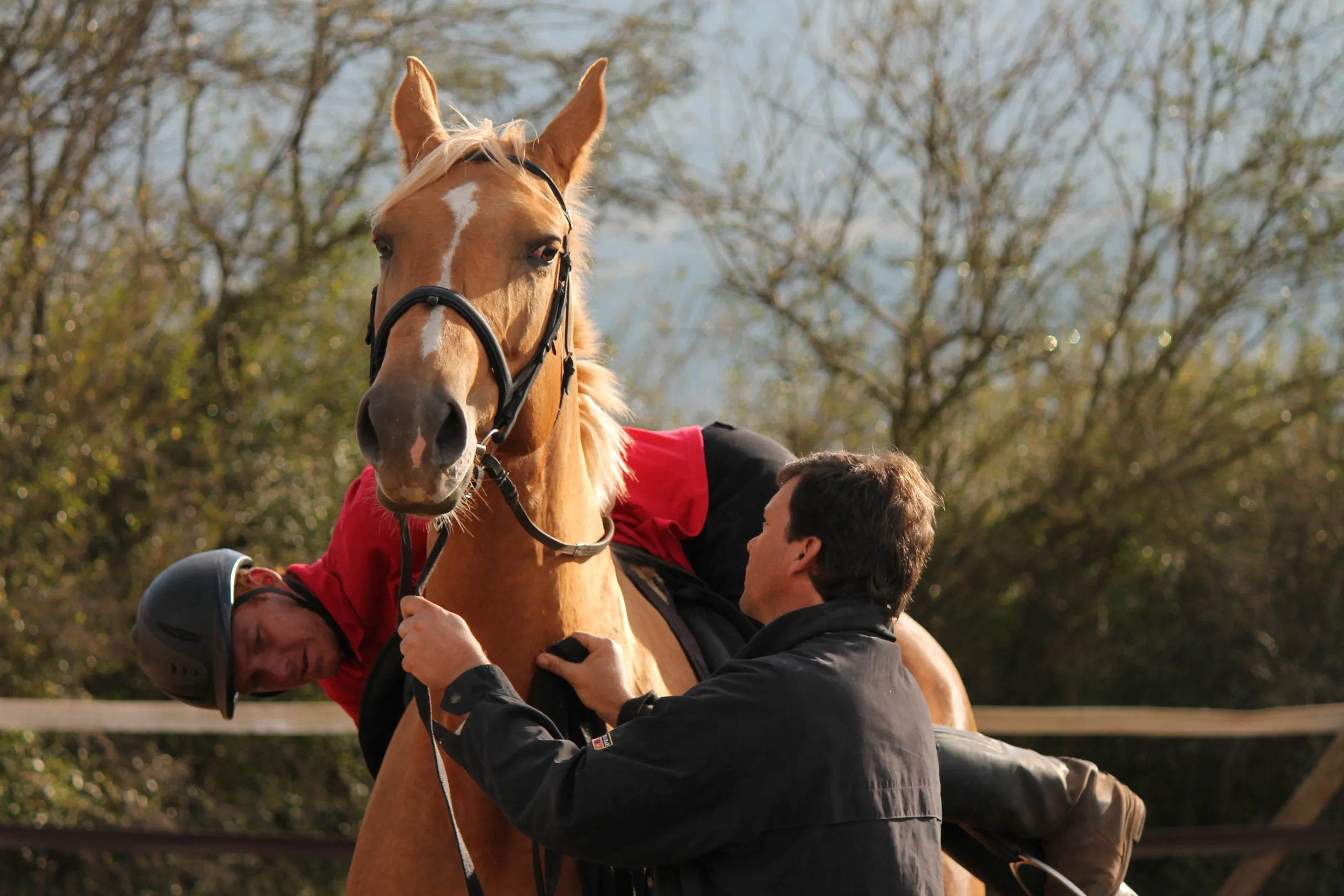
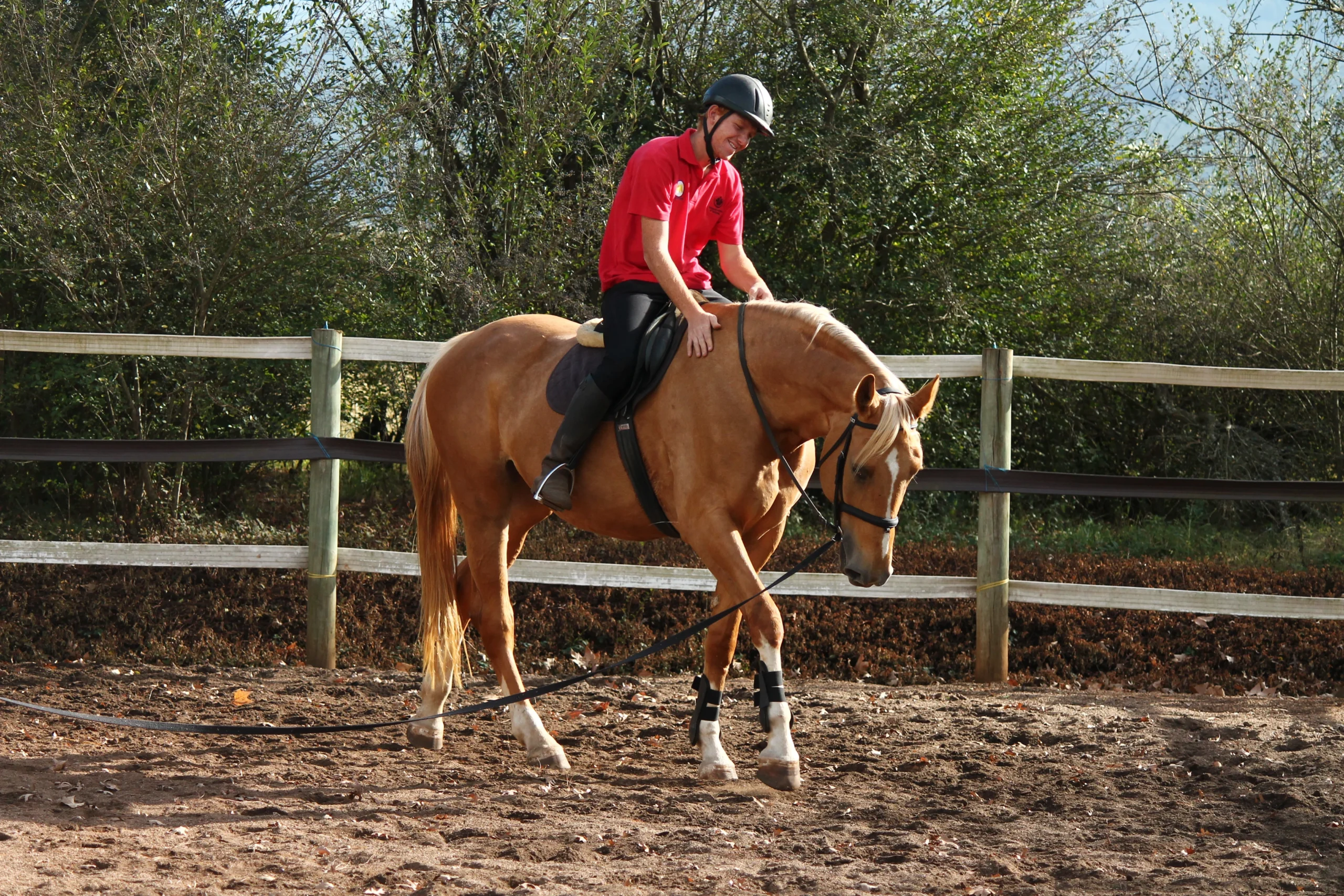
Modern Understanding vs. Historical Methods
The evolution of how humans approach horse training reflects a broader shift in our understanding of animal intelligence, emotion, and welfare. Historical methods of “breaking” horses—a term that itself reveals much about the underlying philosophy—were often based on the belief that horses needed to have their spirit crushed before they could be useful partners.
Traditional breaking methods typically involved techniques designed to overwhelm and exhaust a horse’s resistance: hobbling their legs, forcing them to the ground, or using harsh bits and spurs to create compliance through discomfort or pain. The goal was submission, achieved through making resistance more difficult than cooperation. While these methods could produce rideable horses, they often created animals that were fearful, shut down, or prone to explosive reactions when their stress threshold was exceeded.
This approach stemmed from limited understanding of how horses actually think and learn. Early horsemen viewed equine behavior through a purely human lens, interpreting natural horse responses as defiance or stubbornness rather than communication or fear. The idea that horses might be intelligent partners capable of genuine cooperation was rarely considered—they were seen primarily as living tools to be controlled rather than sentient beings to be understood.
Modern equine science has revolutionized our understanding of horse cognition and emotional capacity. Research has revealed that horses possess remarkable memory, can form complex social relationships, experience a range of emotions, and demonstrate problem-solving abilities that rival those of many other intelligent species. Studies using heart rate monitors, stress hormone testing, and behavioral analysis have shown definitively that horses trained with force-based methods experience significantly higher stress levels than those trained with positive reinforcement techniques.
Today’s most successful training methods are built on principles of applied animal behavior and learning theory. Techniques like natural horsemanship, positive reinforcement training, and liberty work focus on building voluntary partnerships where horses choose to cooperate because the experience is rewarding rather than because resistance is punished. These methods produce horses that are not only more reliable and safer to handle but also demonstrate higher levels of engagement and apparent enjoyment in their work.
The shift has also brought greater awareness of individual differences among horses. Modern trainers recognize that what works beautifully for one horse may be completely inappropriate for another, depending on their personality, past experiences, and natural tendencies. This individualized approach requires more skill and sensitivity from trainers but produces far superior results in terms of both horse welfare and performance.
Perhaps most importantly, contemporary horsemanship acknowledges the ethical dimension of the human-horse relationship. The question is no longer simply “How can we make horses do what we want?” but rather “How can we create partnerships that benefit both species while respecting the horse’s nature and needs?” This ethical evolution has led to better welfare standards, more humane training practices, and a deeper appreciation for the remarkable creatures that have chosen to share their lives with us.
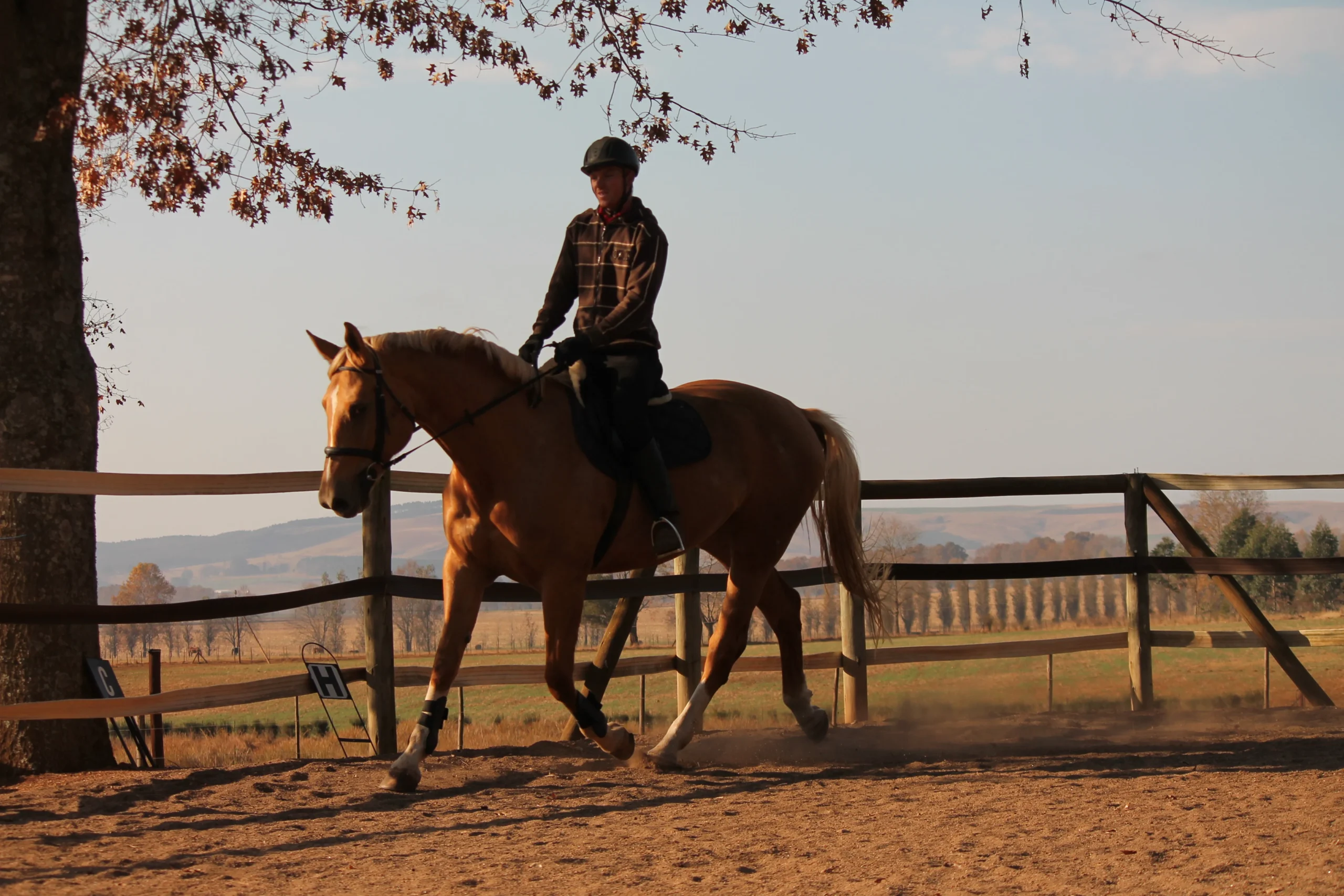
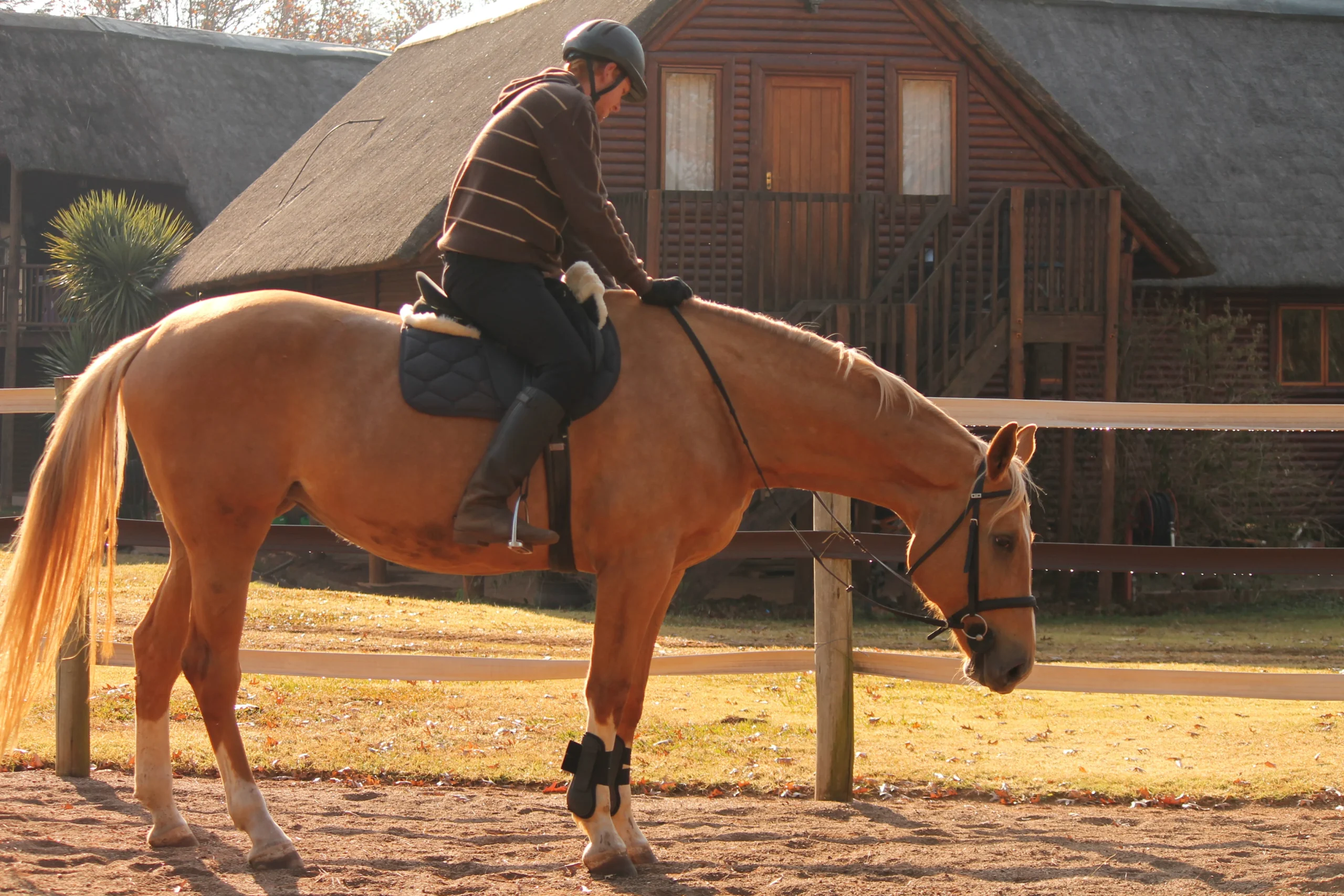
Building and Maintaining the Bond
Understanding why horses allow us to ride them is only the beginning—maintaining that precious trust requires ongoing commitment and mindful daily practices. The human-horse bond isn’t something that, once established, can be taken for granted. Like any meaningful relationship, it requires consistent nurturing, clear communication, and mutual respect.
Successful horse-human partnerships are built through countless small interactions that occur long before anyone steps into the saddle. The way you approach a horse’s stall, the tone of your voice during grooming, the patience you show when they’re having an off day—all of these moments contribute to the ongoing conversation between you and your equine partner. Horses are constantly evaluating whether their trust in you remains well-placed.
Reading and respecting horse body language forms the cornerstone of maintaining this bond. A horse’s ears, eyes, posture, and movement patterns provide a continuous stream of information about their emotional state and comfort level. Pinned ears might signal discomfort or irritation, while soft eyes and relaxed muscles indicate contentment. A truly bonded partnership involves humans who have learned to “listen” to these subtle communications and respond appropriately.
Consistency proves crucial in maintaining trust over time. Horses thrive on predictable routines and clear expectations. A rider who is calm and patient one day but frustrated and demanding the next creates confusion and anxiety in their horse. The most successful partnerships involve humans who have learned to regulate their own emotions and present a steady, reliable presence regardless of external stressors or personal challenges.
Respecting boundaries represents another vital aspect of bond maintenance. Every horse has individual comfort zones, physical limitations, and emotional triggers based on their personality and past experiences. Pushing beyond these boundaries without proper preparation can quickly erode trust. Skilled horsemen learn to recognize when a horse is saying “I’m not ready for this” versus “I don’t want to do this,” and they respond with appropriate patience or gentle encouragement accordingly.
The ongoing nature of trust becomes particularly evident when relationships are tested. A horse that has been consistently well-treated will often forgive minor mistakes or give their rider the benefit of the doubt in uncertain situations. Conversely, horses that have experienced inconsistent or harsh treatment may become reactive or withdrawn at the first sign of stress. This is why many experienced horsemen emphasize that trust can take years to build but only moments to destroy.
Individual personality differences among horses add another layer of complexity to relationship maintenance. Some horses are naturally forgiving and adaptable, bouncing back quickly from negative experiences. Others are more sensitive and may need extra time and reassurance after any disruption to their routine. The most successful partnerships involve humans who have taken the time to truly understand their individual horse’s personality, preferences, and needs.
Regular groundwork and liberty exercises can serve as valuable relationship maintenance tools. Working with horses without tack or confinement provides clear feedback about the strength of your bond—a horse that willingly stays with you and responds to your requests when they’re completely free to leave is demonstrating genuine partnership rather than mere compliance.

Conclusion
The question of why horses allow us to ride them ultimately reveals one of nature’s most extraordinary examples of interspecies cooperation. What we’ve discovered is that this partnership succeeds not because humans have dominated horses, but because we’ve learned to speak their language, respect their nature, and offer something of genuine value in return for their trust.
The journey from a horse’s natural wariness of potential predators to their willingness to carry us on their backs represents a remarkable testament to the intelligence and adaptability of both species. Horses, with their sophisticated social intelligence and capacity for forming deep bonds, have proven capable of extending their natural herd relationships to include humans. Meanwhile, humans have evolved from crude domination tactics to nuanced understanding of equine psychology, creating training methods that honor the horse’s dignity while achieving remarkable partnerships.
Perhaps most importantly, the human-horse relationship teaches us profound lessons that extend far beyond the arena or trail. The patience required to build genuine trust, the importance of consistent and fair communication, the need to respect another being’s boundaries and individual personality—these principles apply to all meaningful relationships. Horses, in their honest and immediate responses, become teachers who show us the difference between compliance based on fear and cooperation born of mutual respect.
The responsibility that comes with this trust cannot be overstated. When a horse allows us onto their back, they’re making themselves vulnerable in the most fundamental way possible for a prey animal. They’re betting their safety on our competence, our emotional regulation, and our commitment to their wellbeing. This trust is both a privilege and a profound responsibility that ethical horsemen never take lightly.
As our understanding of horse cognition and emotion continues to evolve, so too does our obligation to ensure that these partnerships truly serve both species. The horses that have chosen to share their strength, their grace, and their willing spirits with us deserve nothing less than our very best efforts to be worthy partners in return.
In the end, horses allow us to ride them not because they must, but because we’ve created relationships where they choose to. That choice, freely given and continuously renewed through every positive interaction, represents one of the most beautiful partnerships in the natural world—a testament to what’s possible when trust, respect, and mutual benefit form the foundation of any relationship.
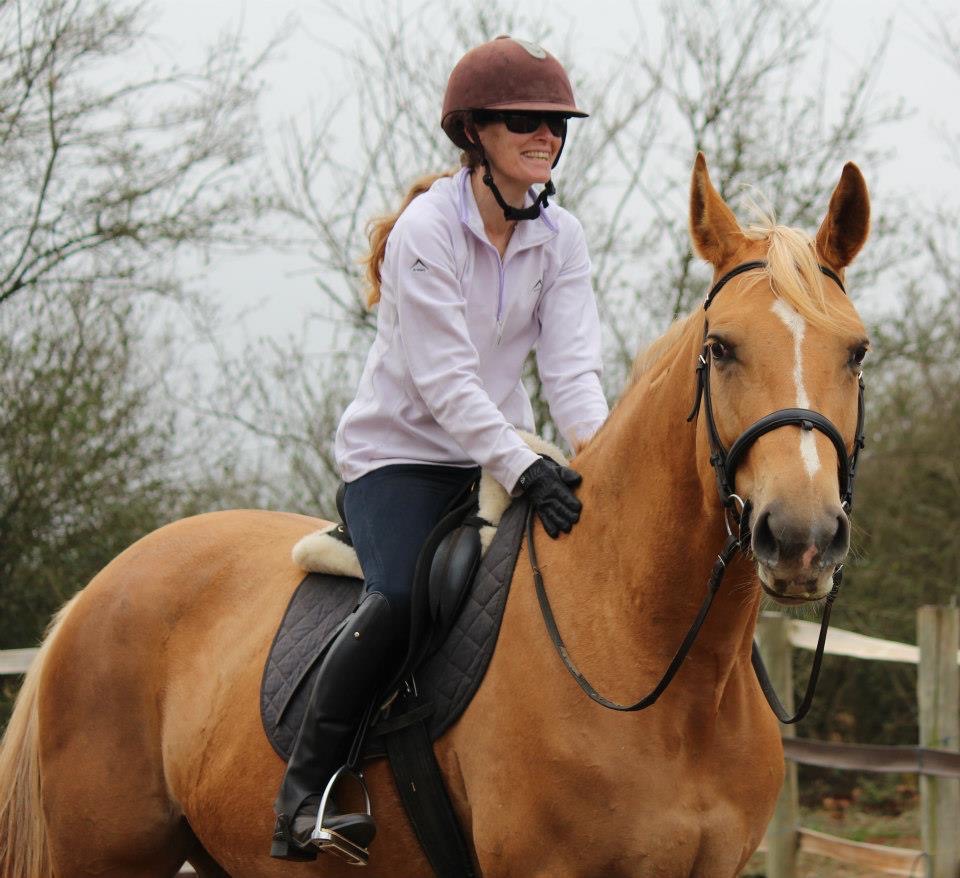
further reading
Books
“The Horse Whisperer” by Nicholas Evans – While fiction, this novel beautifully illustrates the principles of trust-based horsemanship and healing relationships.
“Natural Horsemanship Explained” by Pat Parelli – A foundational text on modern, relationship-based training methods.
“The Tao of Equus” by Linda Kohanov – Explores the deeper spiritual and emotional connections possible between humans and horses.
“Beyond the Track” by Anna Morgan Ford – Focuses on understanding horse psychology and building genuine partnerships.
“Horse Brain, Human Brain” by Janet Jones – A neuroscientist’s perspective on how horses think and learn, with practical training applications.
Scientific Resources
Journal of Veterinary Behavior – Publishes peer-reviewed research on horse behavior, cognition, and welfare.
Applied Animal Behaviour Science – Contains numerous studies on horse-human interactions and training methods.
The International Society for Equitation Science (ISES) – Their website offers evidence-based information on ethical horse training.
Online Learning
Warwick Schiller – Excellent videos on horse psychology and relationship-based training.
Liberty Horsemanship Foundation – Online courses focusing on building partnerships through liberty work.
The Horse Magazine’s Behavior Section – Regular articles by equine behaviorists and researchers.
Organizations
Certified Horsemanship Association (CHA) – Promotes safe, ethical horsemanship practices.
International Association of Animal Behavior Consultants (IAABC) – Has an equine division with certified professionals.
Articles
Why Horses Let People Ride Them: 5 Reasons

Why Do Horses Let Humans Ride Them? 3 Primary Reasons Horses let humans ride them because they are trained to. Training a horse to allow a human to sit on its back is a long process and begins well before a saddle
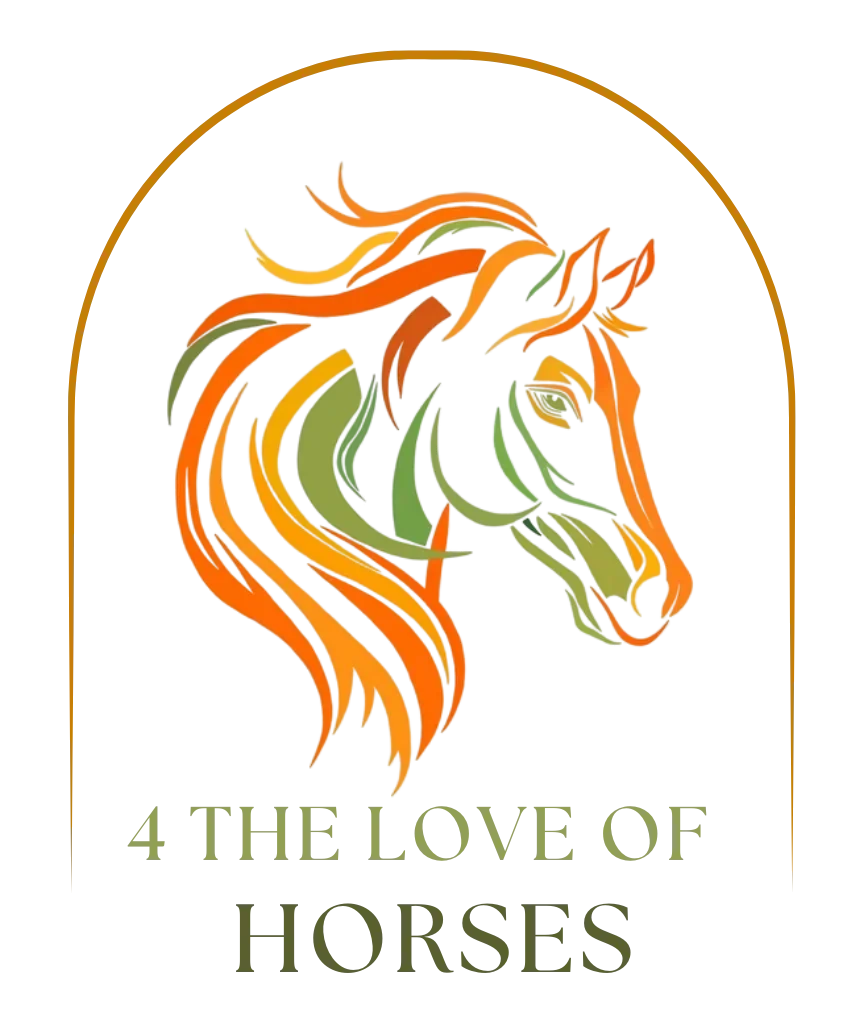
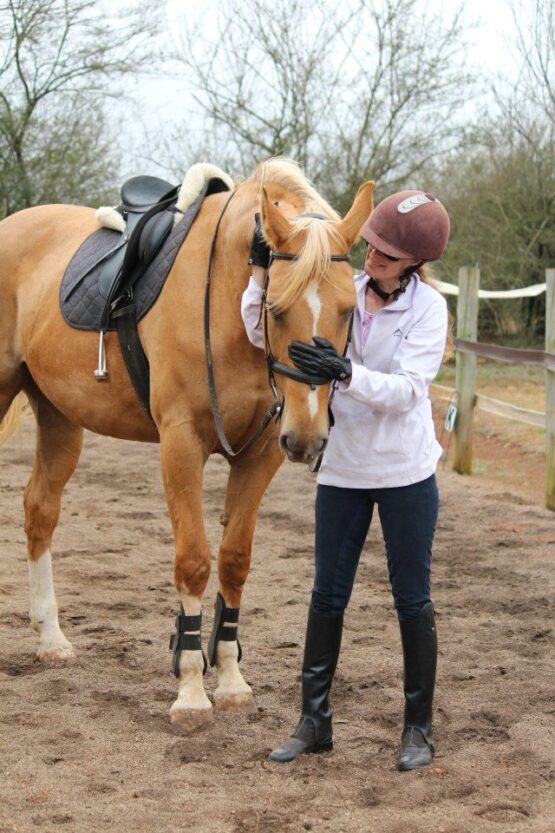
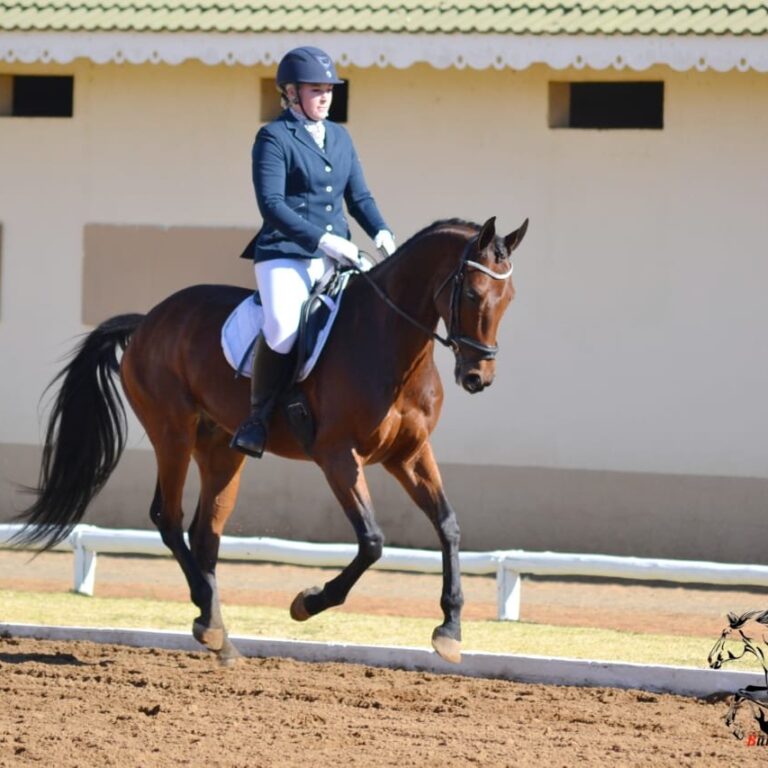
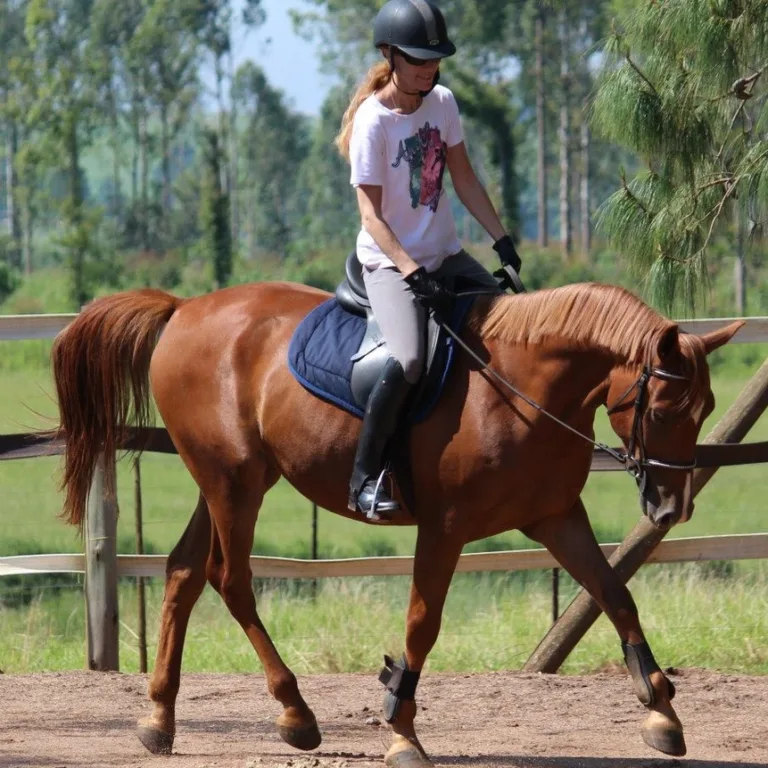
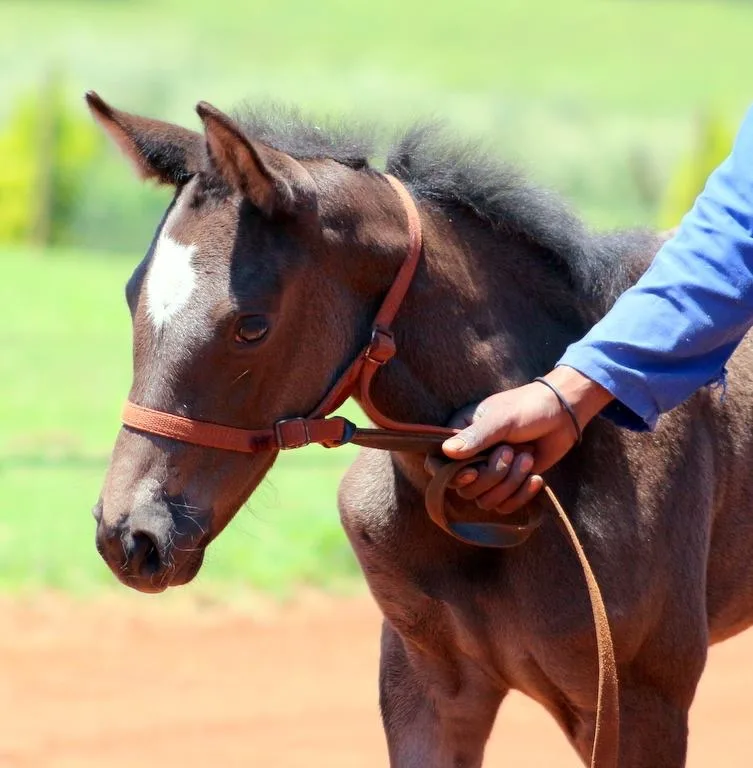
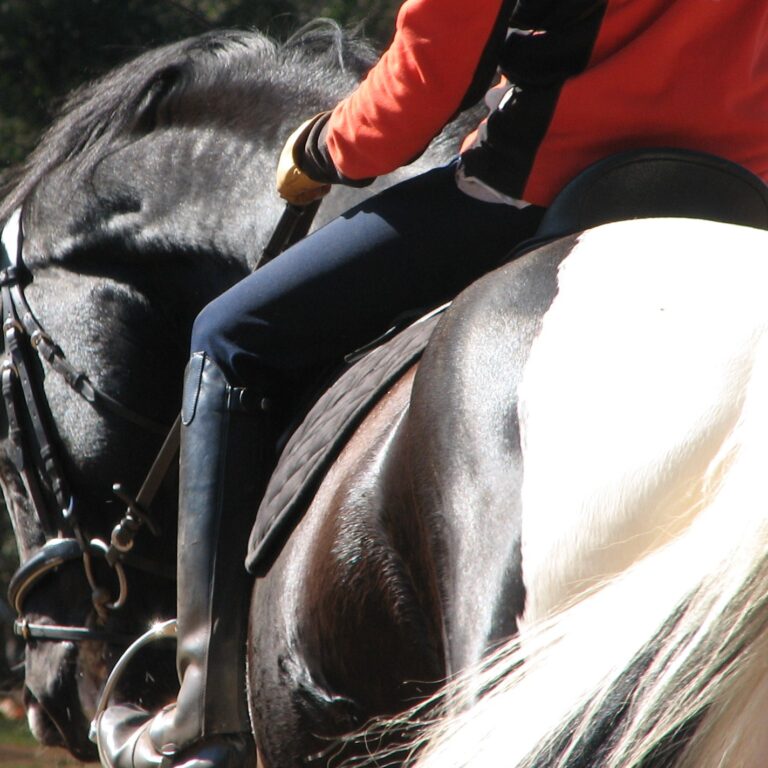
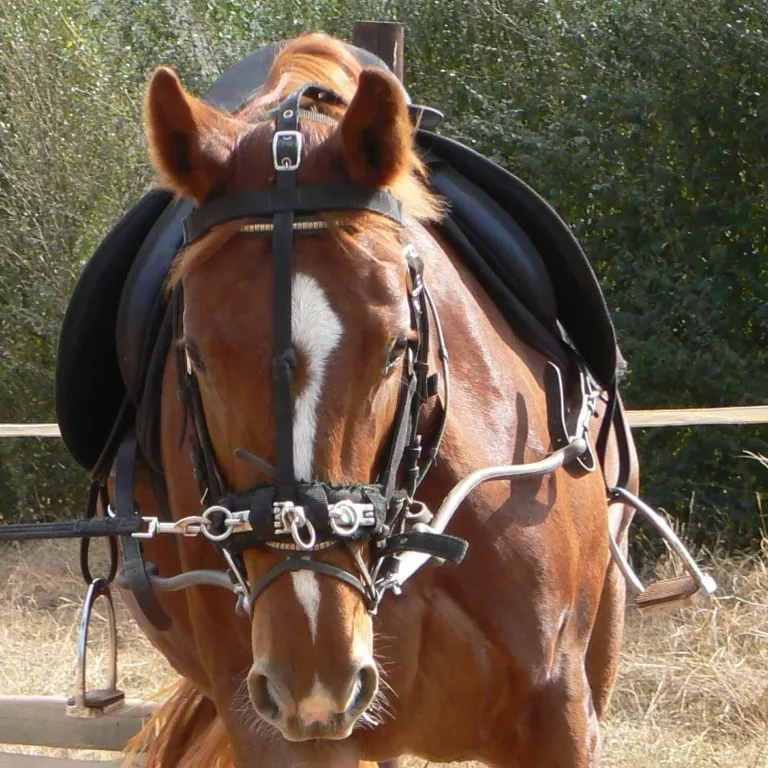

Leave a Reply